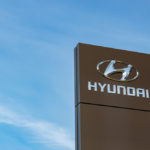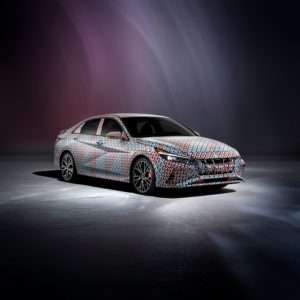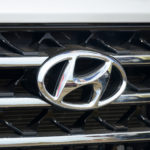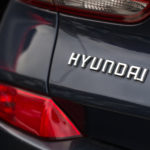Researchers at Hyundai were recently revealed to be working on a more advanced noise cancellation technology for upcoming models. The technology is being referred to as the Road Noise Active Noise Control or RANC, which takes advantage of more sensors and computing power to bear against in-cabin noise.
The active noise cancellation technology (ANC), which is being employed in cars today, has been used for several years and is still very effective in fulfilling its role in making vehicle cabins quieter. It works by detecting and analyzing interior sounds that the system uses to emit inverse waves through speakers, thereby canceling out unwanted noise.
However, the problem with the ANC is that it’s mainly effective only in certain situations like when negating constant or predictable noise. This is due to the technology’s limited processing power. Additionally, the ANC is not capable of completely counteracting buzzing infrasound.

Compared to the ANC technology, Hyundai’s RANC has the ability to analyze a variety of noise types in real-time. And by being able to cancel them out, inverted soundwaves can detect external noise and commotion.
The RANC employs an acceleration sensor that detects vibration emitted by a vehicle on the road. A computer within the system then analyzes the information, crunching the numbers and producing a counterwave from a digital signal processor. The entire process takes only 0.002 seconds, which is significantly shorter compared to the ANC’s 0.009 seconds.
According to Hyundai, the RANC can detect, analyze, and counteract noises that could affect the driver, front passenger, and rear-seat passengers separately. It can also reduce overall in-cabin noise by three decibels.
It took six years for the automaker to come up with a production version of the RANC, making it likely the first car company to market this kind of technology. And while there is nothing better than having solid engineering for cars such as proper door seals, thick window glass, sound deadeners, and a stable structure, there is also nothing wrong with reduced noise inside the cabin for much-improved ride quality.
Any information provided on this Website is for informational purposes only and is not intended to replace consultation with a professional mechanic. The accuracy and timeliness of the information may change from the time of publication.














